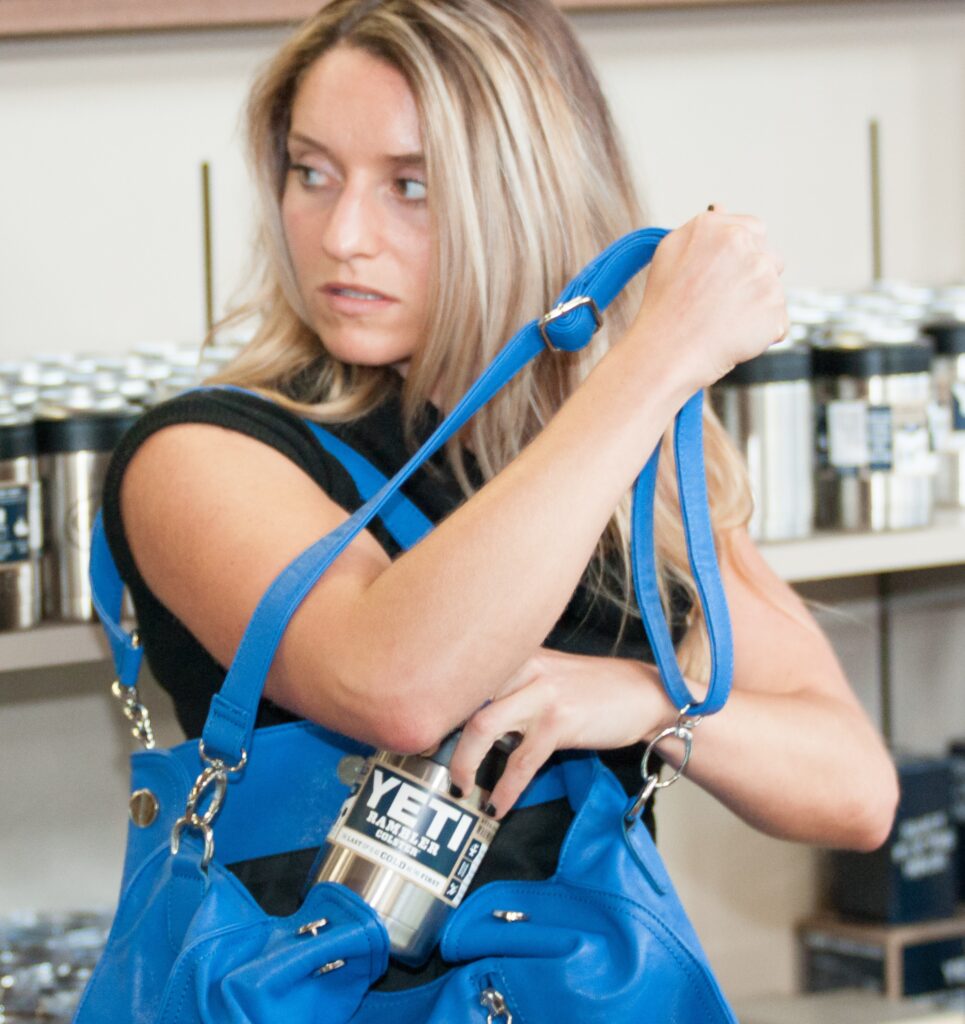Shoplifting and return fraud are two types of theft that can significantly impact retailers’ bottom line. Shoplifting is the act of stealing merchandise from a store, while return fraud is when a customer returns an item they did not purchase or returns an item that has been used or damaged. Both of these types of theft can result in lost revenue and can be challenging for retailers to prevent. However, there are several strategies that retailers can use to minimize their losses.
One way retailers can prevent shoplifting is by implementing security measures in their stores. This can include using security cameras, hiring security guards, and installing electronic article surveillance (EAS) systems such as a Sensormatic System that detect when merchandise is leaving the store without being paid for. These measures can act as a deterrent to potential thieves and can also help identify shoplifters when theft does occur.
Another way retailers can prevent shoplifting is by training their employees to be vigilant and to recognize signs of shoplifting. This can include looking for customers who are carrying large bags or who are dressed in bulky clothing that may be used to conceal stolen merchandise. Retailers can also train their employees to approach customers who are acting suspiciously and to offer assistance, which can deter potential shoplifters.
Return fraud can be more difficult to prevent than shoplifting, but there are still several strategies that retailers can use to minimize their losses. One approach is to implement strict return policies that require customers to provide proof of purchase and that limit the time frame in which items can be returned. Retailers can also use technology to track returns and identify patterns of fraud, such as customers who frequently return items without a receipt.
Another way retailers can prevent return fraud is by inspecting returned items to ensure that they are in the same condition as when they were sold. This can include checking for signs of wear and tear or damage, and verifying that all parts and accessories are included. Retailers can also use third-party verification services that specialize in detecting return fraud.
Remember, shoplifting and return fraud can be significant challenges for you as a retailer however, there are several strategies that can be used to prevent them. These include implementing security measures, training employees to recognize signs of theft, and using technology to track returns and detect patterns of fraud. By taking a proactive approach to theft prevention, retailers can minimize their losses and protect their bottom line.
If you would like more information please Contact Us or go to our web site at Loss Prevention Systems

